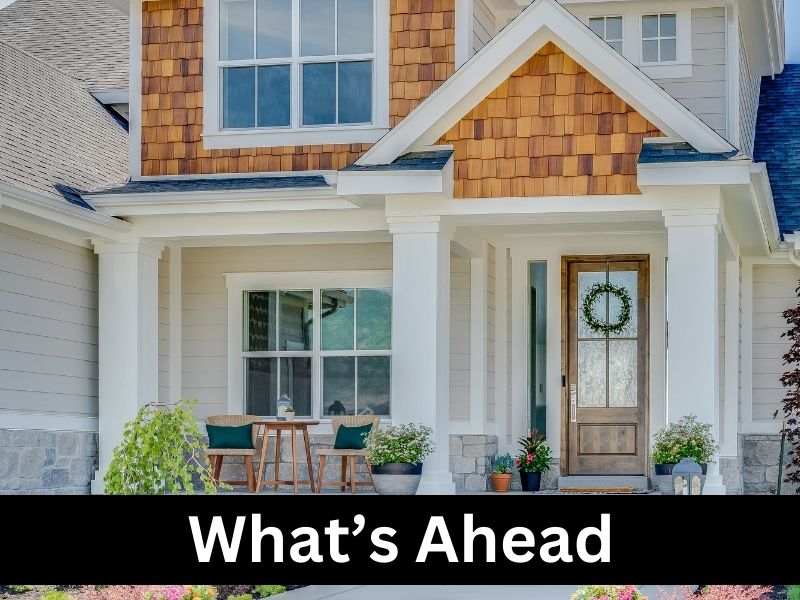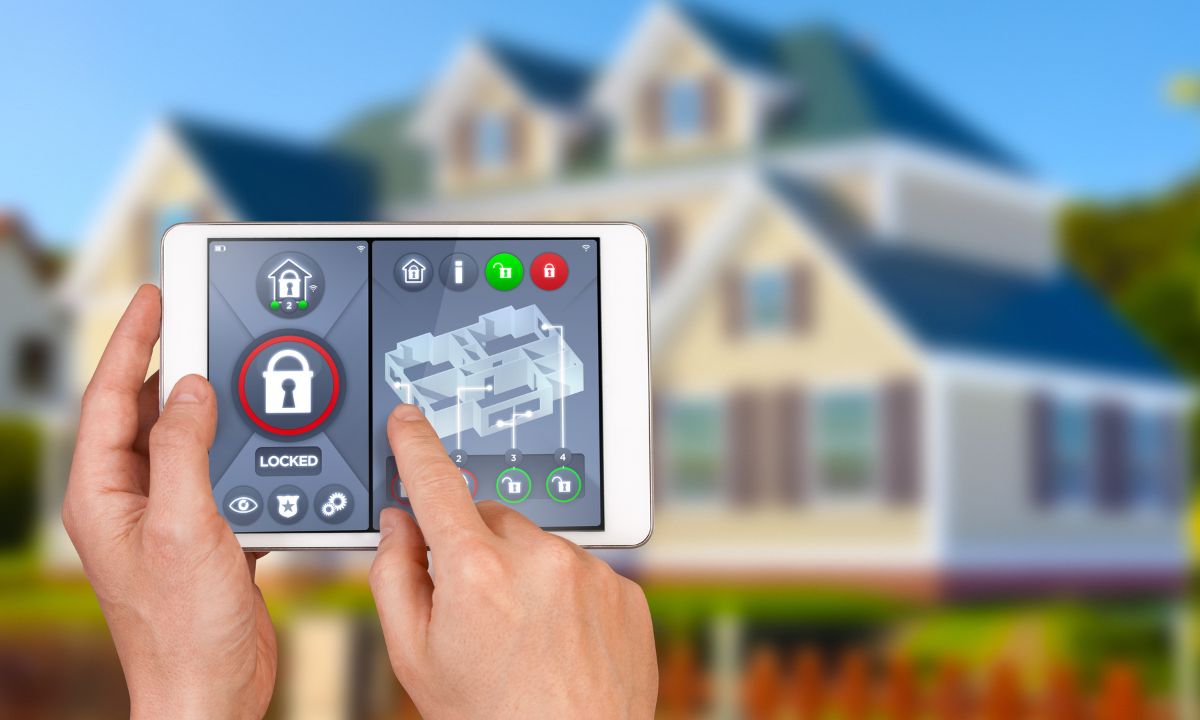 The largest and most impactful financial data being released is as always the Federal Reserve rate decision. This time it fit well within the expectations across the broader market and lending partners, in that the Federal Reserve still remains to hold the current standing, and is showing push back on any potential rate cuts coming March when the next rate decision is planned.
The largest and most impactful financial data being released is as always the Federal Reserve rate decision. This time it fit well within the expectations across the broader market and lending partners, in that the Federal Reserve still remains to hold the current standing, and is showing push back on any potential rate cuts coming March when the next rate decision is planned.
Most of the economic indicators from last year and this month have added fuel to the speculation that the Federal Reserve has largely met their goals and there is a strong upside pending rate cuts.
The other rates of note are ISM manufacturing numbers, which have fallen in line showing growth at the start of the year. Consumer sentiment also has jumped to the highest levels in the last two and a half years.
Federal Rate Decision
Continuing to maintain current rates, the Federal Reserve has remarked that March is probably not the “base case” for when the Fed might start lowering its benchmark rate, Powell said during the press conference on Wednesday afternoon.
“Based on the meeting today, I would tell you that I don’t think it’s likely that the committee will reach a level of confidence by the time of the March meeting to identify March as the time” for its first rate cut, he said. “But that’s to be seen.”
Consumer Sentiment
The numbers: Consumer sentiment shot up in January to the highest level since the summer of 2021, as Americans got some relief from waning inflation and saw an improved economy.
The final reading of the sentiment survey edged up to 79.0 from a preliminary 78.8 earlier in the month and from 69.7 in December, the University of Michigan said Friday. That is the highest mark since July 2021.
PMI / ISM Factory Index
A closely watched index that measures U.S. manufacturing activity rose to 49.1% in January from 47.1% in the prior month, according to the Institute for Supply Management on Thursday. That is the highest level since October.
Primary Mortgage Market Survey Index
• 15-Yr FRM rates saw a decrease by -0.02% with the current rate at 5.94%
• 30-Yr FRM rates saw a decrease by -0.06% with the current rate at 6.63%
MND Rate Index
• 30-Yr FHA rates are seeing a -0.02% increase for this week. Current rates at 6.18%
• 30-Yr VA rates are seeing a -0.03% increase for this week. Current rates at 6.22%
Jobless Claims
Initial Claims were reported to be 224,000 compared to the expected claims of 214,000. The prior week landed at 215,000.
What’s Ahead
An extremely light week ahead after a Rate Decision from the Federal Reserve, with nothing of note except the usual unemployment numbers. The week after next week will be the first release of inflation numbers following the Consumer Price Index data.
 Smart homes are rapidly reshaping the real estate landscape, promising unparalleled convenience, security, and sustainability. With automation and connectivity at their core, these homes represent the forefront of technological innovation, offering homeowners unprecedented control over their living environments.
Smart homes are rapidly reshaping the real estate landscape, promising unparalleled convenience, security, and sustainability. With automation and connectivity at their core, these homes represent the forefront of technological innovation, offering homeowners unprecedented control over their living environments. Those who are involved in the real estate industry likely know that mortgage rates are at an all-time low. At the same time, nobody wants to pay more for a house than they have to. Some of the most important factors that dictate how much someone is going to pay for a house include points and interest rates.
Those who are involved in the real estate industry likely know that mortgage rates are at an all-time low. At the same time, nobody wants to pay more for a house than they have to. Some of the most important factors that dictate how much someone is going to pay for a house include points and interest rates. The contemporary trend towards expansive dimensions is palpable in various aspects of modern life. Oversized soft drinks, large fast-food meals, and expansive smartphones have become ubiquitous. However, one unlikely sector experiencing a similar trend is the realm of mortgages.
The contemporary trend towards expansive dimensions is palpable in various aspects of modern life. Oversized soft drinks, large fast-food meals, and expansive smartphones have become ubiquitous. However, one unlikely sector experiencing a similar trend is the realm of mortgages. In recent years, solar panels have emerged as a sustainable and environmentally friendly solution to power generation. As the world continues to grapple with the effects of climate change, the adoption of solar energy has gained momentum. Beyond its positive impact on the environment, many individuals and businesses are also drawn to the potential savings associated with solar panel installations. However, amidst the growing popularity of solar energy, several myths and misconceptions persist.
In recent years, solar panels have emerged as a sustainable and environmentally friendly solution to power generation. As the world continues to grapple with the effects of climate change, the adoption of solar energy has gained momentum. Beyond its positive impact on the environment, many individuals and businesses are also drawn to the potential savings associated with solar panel installations. However, amidst the growing popularity of solar energy, several myths and misconceptions persist. It was an uneventful week for the data reports, as the majority of the interest waits for the Federal Reserve’s rate decision heading into the following week. One of the most notable reports is for New Home Sales, which had managed to greatly exceed the projections for the end of the year moving into January. It is an early sign that there is a surge in response to the week-to-week rate cuts we have been observing over the last two weeks.
It was an uneventful week for the data reports, as the majority of the interest waits for the Federal Reserve’s rate decision heading into the following week. One of the most notable reports is for New Home Sales, which had managed to greatly exceed the projections for the end of the year moving into January. It is an early sign that there is a surge in response to the week-to-week rate cuts we have been observing over the last two weeks.